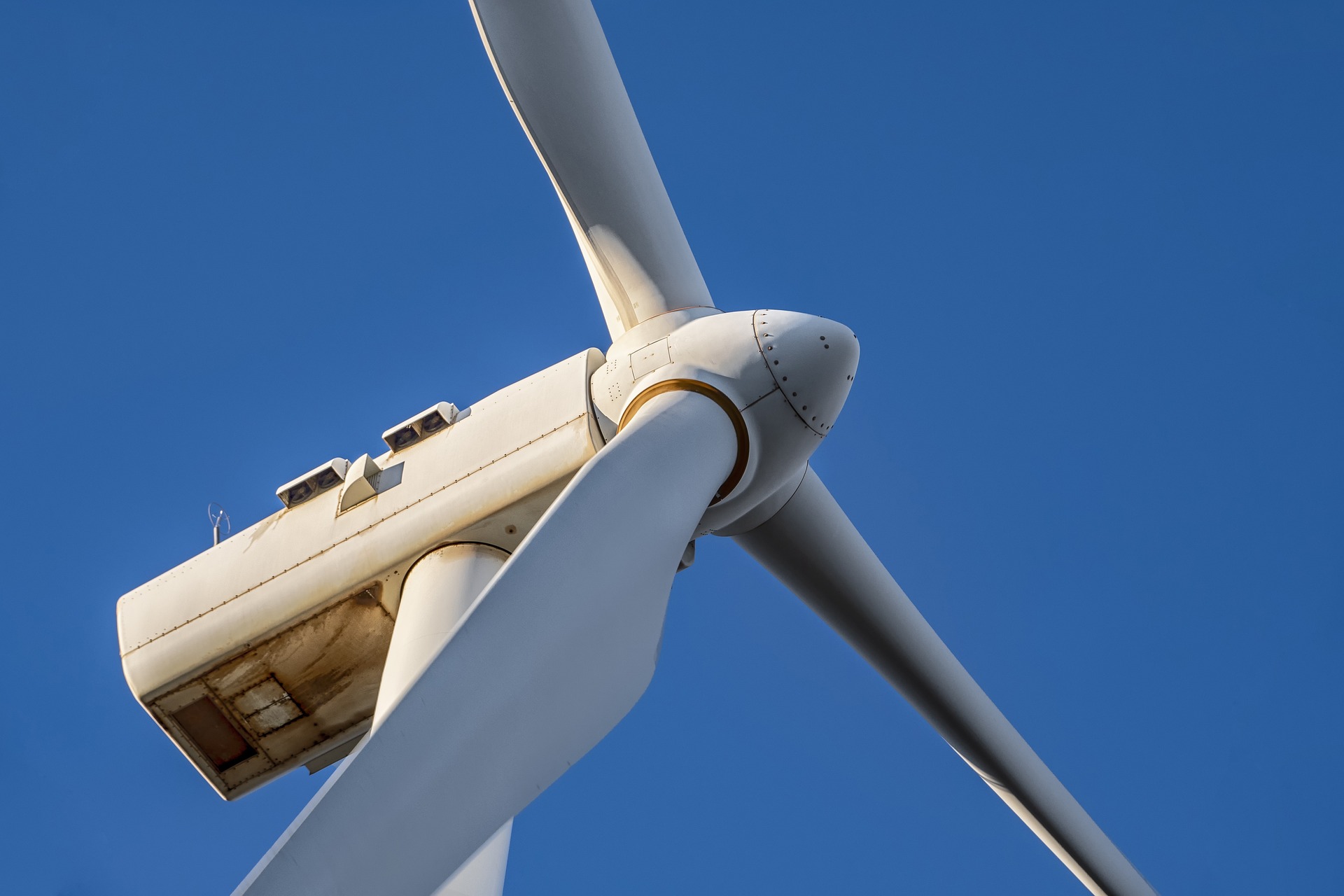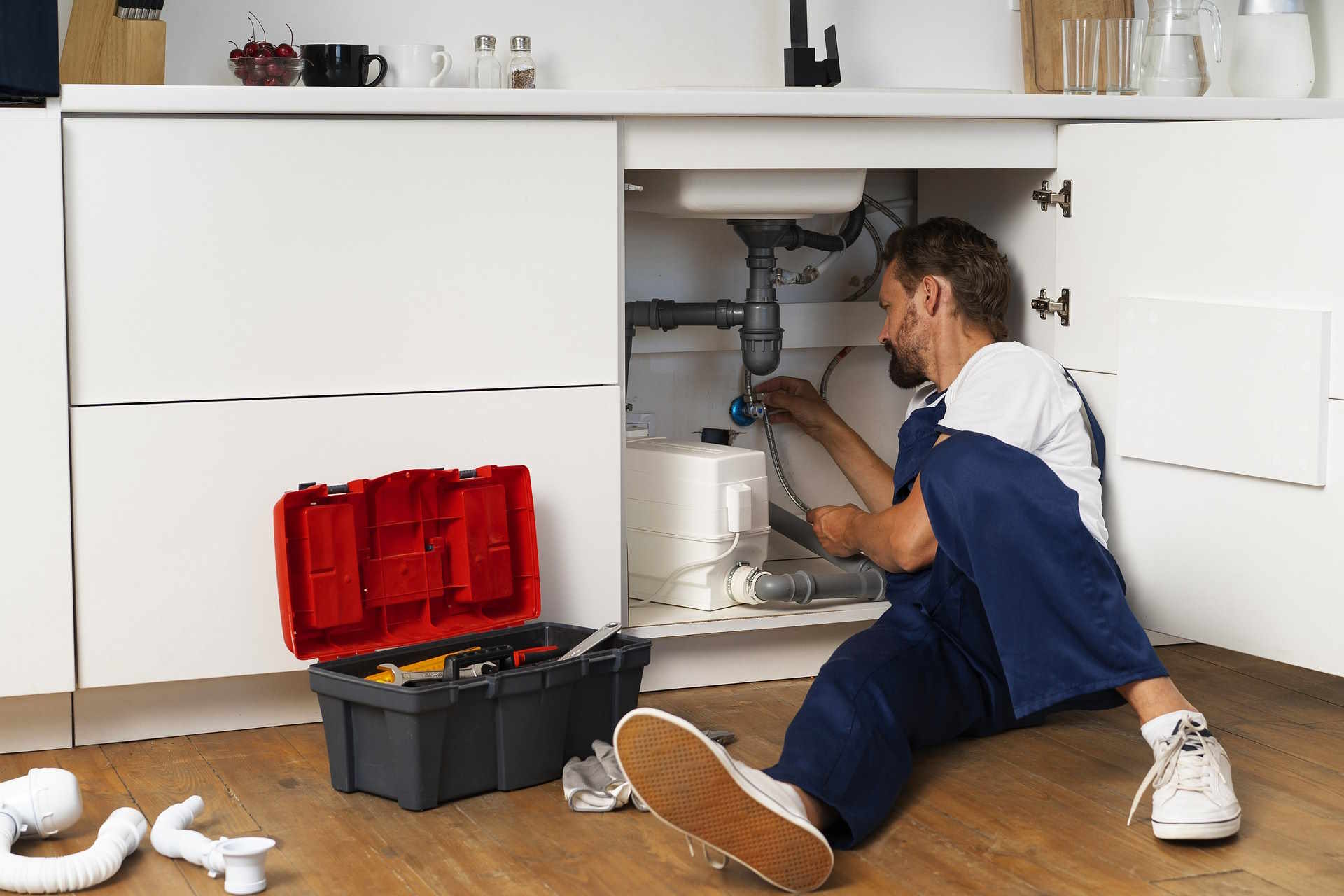Understanding Wind Turbines: A Comprehensive Overview
Wind turbines play a crucial role in harnessing renewable energy from wind. They convert kinetic energy from the wind into mechanical power, which can then be transformed into electricity. This process not only contributes to reducing greenhouse gas emissions but also supports the transition to sustainable energy sources. In this article, we will explore the different types of wind turbines, their components, how they operate, and their impact on the environment. Additionally, we will discuss the advantages and challenges associated with wind energy, making it essential for anyone interested in renewable energy solutions.
What Are the Various Types of Wind Turbines and Their Applications?
Wind turbines come in several distinct configurations, each designed for specific environments and energy needs. Horizontal-axis wind turbines (HAWTs) represent the most common type, featuring three-blade designs mounted on tall towers. These turbines work best in areas with consistent wind patterns and are typically used in large-scale wind farms for commercial electricity generation.
Vertical-axis wind turbines (VAWTs) offer an alternative design where the rotor shaft stands vertically. While less common in commercial applications, VAWTs perform better in turbulent wind conditions and require less maintenance due to their ground-level gearbox and generator placement. Small-scale residential wind turbines provide another category, designed for individual homes or small businesses seeking to supplement their energy needs with wind power.
Which Key Components Make Up a Wind Turbine and Their Functions?
Modern wind turbines consist of several essential components working together to generate electricity efficiently. The rotor assembly includes the blades and hub, designed with aerodynamic profiles that capture wind energy and convert it into rotational motion. The nacelle houses critical mechanical components including the gearbox, generator, and control systems that regulate turbine operation.
The tower provides structural support and elevates the turbine to heights where wind speeds are stronger and more consistent. Foundation systems anchor the entire structure securely to the ground, while electrical systems including transformers and cables transmit generated power to the electrical grid. Advanced control systems monitor wind conditions, adjust blade angles, and ensure optimal performance while protecting the turbine from damage during extreme weather conditions.
How Do Wind Turbines Convert Wind Energy Into Electrical Power?
The energy conversion process begins when wind strikes the turbine blades, creating lift and drag forces that cause the rotor to spin. The rotor typically operates at 20-40 revolutions per minute, a speed too slow for efficient electricity generation. The gearbox increases this rotational speed to approximately 1,500-1,800 revolutions per minute, suitable for the electrical generator.
The generator, usually an induction or synchronous type, converts the mechanical rotational energy into alternating current electricity. Power conditioning equipment including transformers converts the variable AC output into grid-compatible electricity. Modern turbines incorporate sophisticated control systems that continuously adjust blade pitch and nacelle orientation to maximize energy capture while ensuring safe operation across varying wind conditions.
What Environmental Benefits and Challenges Come With Wind Energy?
Wind energy offers significant environmental advantages compared to fossil fuel-based power generation. Wind turbines produce no direct emissions during operation, helping reduce greenhouse gas concentrations and air pollution. The technology requires no water for cooling, unlike traditional power plants, making it valuable in water-scarce regions.
However, wind energy also presents environmental challenges that require careful consideration. Bird and bat mortality from turbine collisions remains a concern, though modern turbine designs and strategic placement have reduced these impacts. Noise generation can affect nearby communities, while visual impacts on landscapes generate mixed public reactions. Land use requirements are substantial for wind farms, though the space between turbines can often continue supporting agricultural activities.
How Does Wind Energy Contribute to a Sustainable Energy Future?
Wind energy plays a crucial role in global efforts to transition toward sustainable energy systems. The technology has achieved significant cost reductions over the past decade, making wind power competitive with conventional energy sources in many markets. Offshore wind development expands potential installation areas while accessing stronger, more consistent wind resources.
Integration with energy storage systems addresses wind energy’s intermittent nature, enabling more reliable power delivery. Smart grid technologies facilitate better management of variable renewable energy sources, while improved forecasting helps predict wind energy output more accurately. As manufacturing scales increase and technology advances continue, wind energy capacity is expected to grow substantially, contributing significantly to carbon emission reduction goals and energy security objectives.
Wind turbines represent a mature yet continuously evolving technology that harnesses one of Earth’s most abundant renewable resources. From understanding the different turbine types and their applications to recognizing both environmental benefits and challenges, wind energy demonstrates considerable potential for supporting sustainable energy transitions. As technological improvements continue reducing costs while increasing efficiency, wind turbines will likely play an increasingly important role in meeting global electricity demands while minimizing environmental impacts. The continued development of wind energy infrastructure, combined with complementary technologies like energy storage and smart grids, positions this renewable resource as a cornerstone of future sustainable energy systems.





